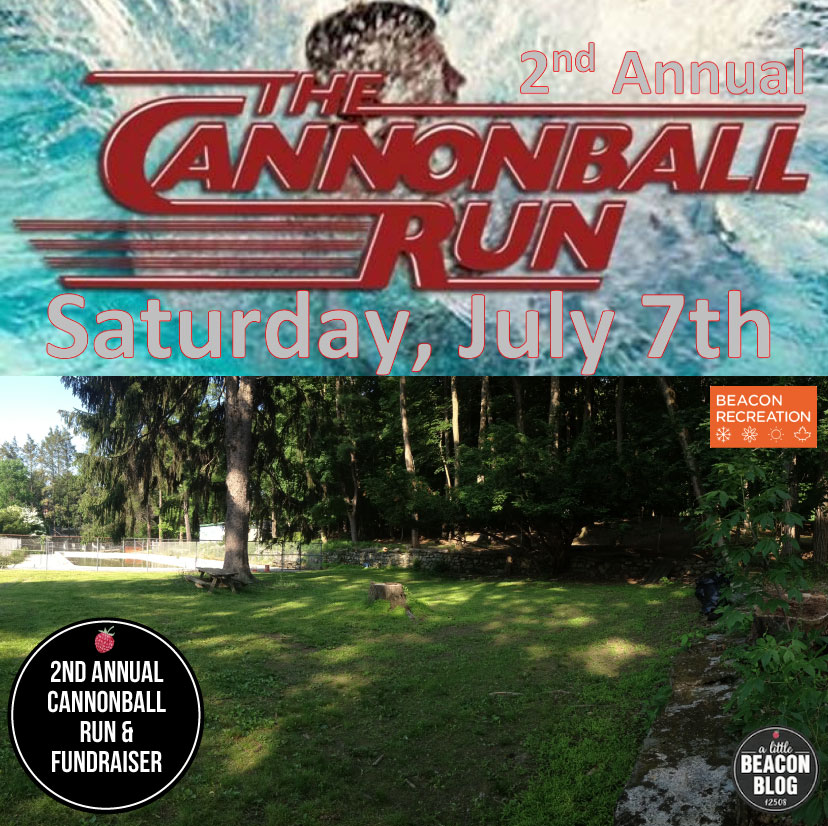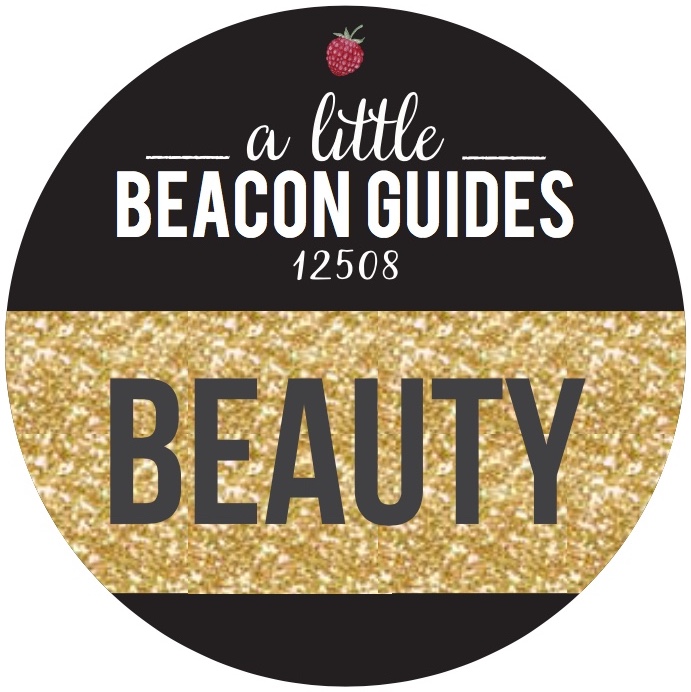ZipCar, a car-sharing program that is available worldwide, has added two additional cars that are available in Beacon. The first two cars arrived here in May 2016, and live in permanent parking spots on Henry Street and near City Hall. The latest two spots are at the Metro-North Train Station, as announced by Governor Cuomo this month, through a separate partnership between Metro-North and ZipCar. The ZipCars taking up permanent residence at the train station, which are given personal names by ZipCar, is a Crosstrek is named Cala, and a Honda Civic named Amanecer.
ZipCar's partnership with the City of Beacon for the spots on Henry Street and at City Hall yields Beacon a monthly fee for use of the two street spots, with the money going into a dedicated fund for parking issues. Metro-North has its own arrangement with ZipCar for the spots at Beacon's and other train stations. "We have been very happy [with having ZipCar available], and believe it is another component of attracting business, tourism and people to the City," says Anthony J. Ruggiero, M.P.A., City Administrator for the City of Beacon.
During the city Workshop meeting on March 14, 2016, about ZipCar first launching in Beacon, Mayor Randy Casale suggested that developers on private property consider making spots in their parking lots available for ZipCar parking spots for additional cars. The access to a car-share could be pitched as a perk to prospective residents of those housing or apartment complexes. Such arrangements could be a third category of ZipCar locations in Beacon in the coming years.
As for the nitty-gritty details of dealing with snow or cases of theft: ZipCar makes arrangements for cars to be unlocked and moved by snow plow drivers. If a ZipCar is stolen, it can be immediately shut down remotely, stopping the vehicle in its tracks.
How ZipCar Works
A person joins ZipCar as a member for about $95. ZipCar pays for gas and insurance, and 180 miles are included with your rental for each day you've booked the car. From that point, an hourly rental or day rate of about $8 to $10 per hour applies.
Reserving in advance is important, as more people are becoming familiar with using ZipCar. Reserving is easy and done via app for iPhone or Android, so these cars can get going quickly.
Once booked, people can drive it anywhere during their rental period, and must return it to the same parking spot where they picked it up. ZipCar vehicles are locked via a scanning mechanism. ZipCar members use a special card or the app to unlock the car, rendering it drivable. Residents of Beacon who may find it useful are people who don't own a car, or share one car in a busy family, but need to drive to Target or Sunny Gardens for errands.
Outside of our little city, ZipCar might appeal to people traveling to other areas of the country - or world - who want to hop in a car to go somewhere for a few hours or a day. Maybe you're in Paris and want to head to Versailles for the day, but don't want to deal with a train, tour bus, or taxi. Road trip!
As for the future of ZipCar in Beacon as the program expands, perhaps self-driving ZipCars will play a role. It could be handy if a car could get itself from a parking spot at the train station to a member on the East End of town, who, say, has kids and can't hoof on foot everyone to the car for a necessary Target trip. Options could increase when and if self-driving cars become the norm... Stay tuned!


















































